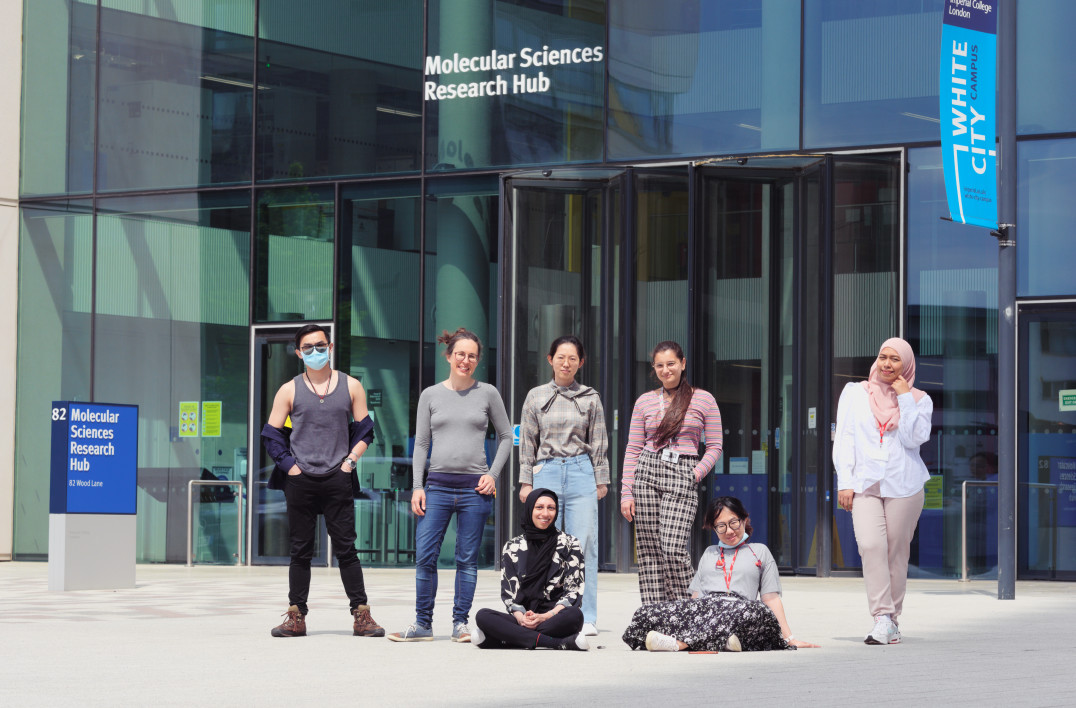Research
The Brandt-Talbot research group is working in the following areas:

Brandt-Talbot research group
Low-cost Carbon Fibers from Lignin
Petroleum is the raw material for carbon fibre, which can be used widely as a lightweight construction material, however it is currently too expensive to be used in key mass markets such cars. Lignin is a renewable feedstock that is available in large and increasing quantities as the biorefining industry develops (up to 4 mio tonnes p.a. in the UK). Lignin has a high carbon content and is inexpensive. Utilising this biopolymer as a carbon fibre precursor has the potential to lower production cost to by 75%, while making carbon fibre production sustainable. We are particularly interested in:
- Demonstrating carbon fibres from ionoSolv lignin
- Wet- and electrospinning of lignin fibres from ionosolv ILs
- State-of-the-art lignin characterisation
- designed lignins for more graphitic carbon fibres
Ionic liquids
Ionic liquids (ILs) are organic salts that have low melting temperatures. Table salt (NaCl) turns liquid only at 800 degree Celsius, while ionic liquids are liquid at or near room temperature. The low melting point makes them exciting alternative solvents for organic reactions, electrochemical extractions and redepositions and novel separations - they provide extreme ranges of solvent polarities, interesting miscibility with other solvents and low process pressures. My research interests are:
- Examining the thermal stability of protic ionic liquids
- Chemical recycling of polyesters in ionic liquids
Ionosolv Pretreatment
The components in plant biomass need to be separated and purified before they can be transformed into additional products. Certain ionic liquids can be used effectively for separating the main lignocellulose components and to transform some of these components into useful products.
The ionoSolv pretreatment is a promising application of ionic liquids in the area of biorefining. It uses in-expensive, thermally stable ionic liquid water mixtures for separating cellulose and lignin. My research interests are:
- Process development (up-scaling) and optimisation
- Hemicellullose conversion to furfural in low-cost ionic liquids
- Enhancing the value of protein rich biomass such as spent grain
Analysis of Lignocellulosic biomass
Trees, shrubs, grasses and straws are made from a material called lignocellulose. Lignocellulose consists of long chains of sugar molecules (cellulose and hemicellulose) and lignin, in addition to other components such as lipids, waxes and inorganic materials. It can differ significantly between different plants. I am an expert in the analysis of cell wall compositions for a variety of feedstocks, such as softwoods (pine), hardwoods (willow) and grasses (wheat straw, Miscanthus, bamboo, sugarcane bagasse).
Carbohydrate Utilisation
60-70% of the lignocellulose are sugar polymers. This large resource can be transformed using biochemistry (enzymatic transformations, fermentation) and chemistry (catalysis). My aim is to preserve functional complexity, where possible, and produce building blocks that can be converted into a wide variety of useful products. Research interests.
- Cellulose characterisation
- Nanocellulose
- Enzymatic saccharification of cellulose for fermentation to industrial biochemicals (e.g. ethanol and biobutanol)

